
Laurence is a copywriter and trained journalist. His passion is creating insightful and educational content for dental professionals of every level. Outside of work, he enjoys watching sport, quizzing and spending time with his family.
You May Also Like

The Ultimate In Scale and Polish
The UC500L has been designed to make scale and polish treatments easier and more efficient for you and more comfortable for your patients.

Melag Autoclaves
Melag autoclaves and steam sterilizers for practices and clinics. Providing sterilisation in compliance with international standards.

BA International Small Equipment
From curing lights and air polishers to autoclaves and handpiece lubrication units, BA International is a world leader in dental small equipment
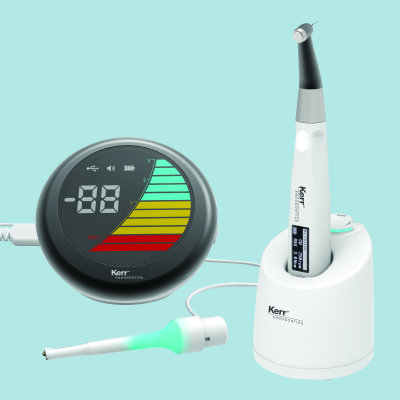
Elements Connect & Apex Connect
When seamlessly connected with the Kerr Apex Connect apex locator, the elements Connect can bring added confidence and accuracy to all shaping procedures.
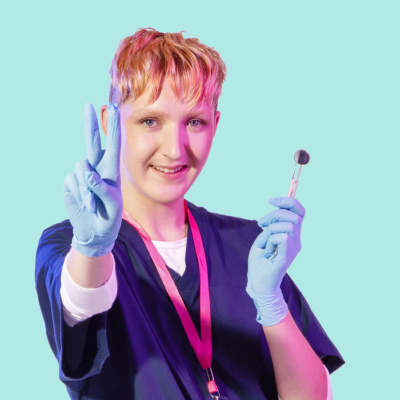
Importance of Decontamination
Accurate record keeping is an essential part of running a dental practice and is necessary in the provision of high-quality, safe and effective patient care.
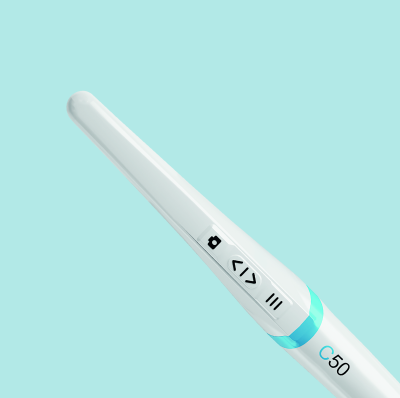
5 Reasons To Buy Acteon C50
With the continuous innovation in dental cameras for precise imaging and a greater emphasis on preventive care, intraoral cameras (IOCs) have never been more popular.

6 Reasons To Trust Kent Express
Discover just what makes Kent Express Dental Supplies the go-to e-commerce store for thousands of dentists every year.
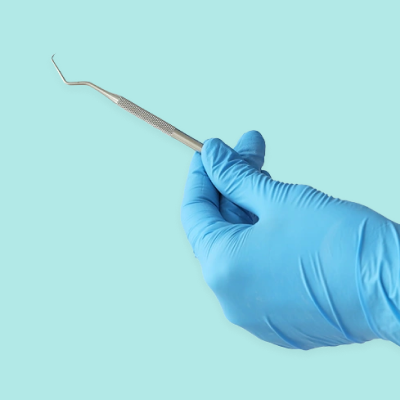
Guide to Dental Scalers
Make your scaling procedures as efficient and effective as they can be with our extensive guide to dental scalers.

Enbio S Autoclave
The Enbio S autoclave from BA International is capable of sterilisation speeds 4 times faster than the average autoclave. Find out more.
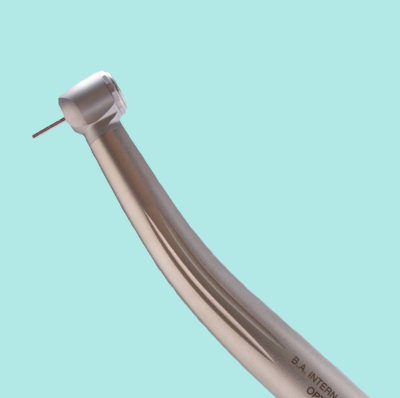
Best Value with BA Handpieces
3 great reasons why BA dental handpieces offer the best value for your dental practice.

Handpiece and Equipment Repairs
In partnership with B.A. International, Kent Express provide a fast handpiece and small equipment repair service.
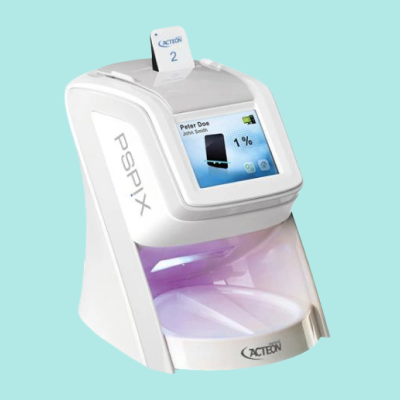
Phosphor Plate Radiography
Phosphor plate radiography is considered by many the least expensive way to convert from analogue to digital imaging and have the easiest learning curve.

Guide to Ultrasonic Baths
Everything you need to know about the use of ultrasonic baths in dentistry and how to find the best ultrasonic cleaner for you.

Endo Motors With Apex Locators
Having your apex locator built into your endo motor can streamline root canal procedures and reduce operation times.
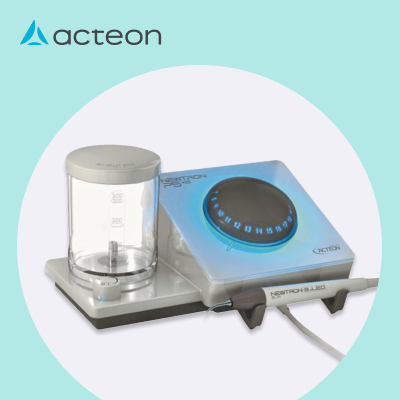
Periodontal Therapy
Taking a scientifically supported approach to periodontal treatment is key for successful outcomes.
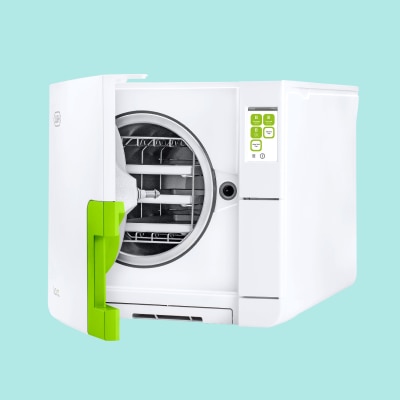
Guide to Autoclaves
All the knowledge you need to make an informed decision on what autoclave to buy for your dental practice, including the key features to look out for.
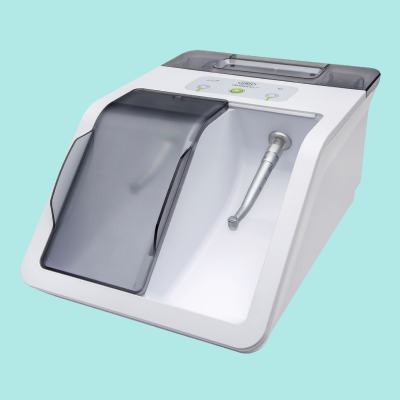
Why You Need a Lubrication Unit
The cutting-edge Assistina TWIN automatic handpiece maintenance device from W&H provides an exceptional, consistent standard of lubrication in just 10 seconds.

BA Ultimate Turbine
Looking for a reliable, low maintenance high speed turbine? The BA Ultimate range ticks both boxes and comes with several other outstanding features.
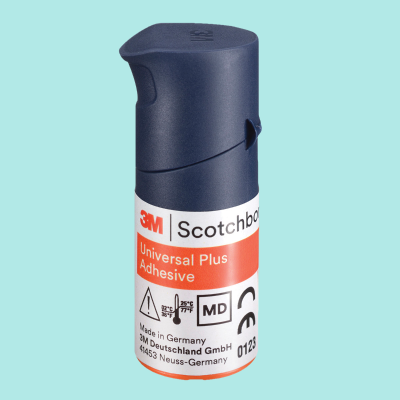
Relieving Stress, Composite Way
How 3M restoratives can help take stress out of composite bonding, placement, curing and shade matching.

Guide to Handpiece Maintenance
With some basic understanding of how dental handpieces work and how best to look after them, handpieces can maintain efficiency for longer.

Importance of a Defibrillator
Learn why every dental practice should have a defibrillator with Kent Express informative guide.

Equipment to Lower Your Bills
Here is a look at some equipment-based ideas to reduce your practice’s energy consumption and help contribute to the industry’s larger sustainability goals.
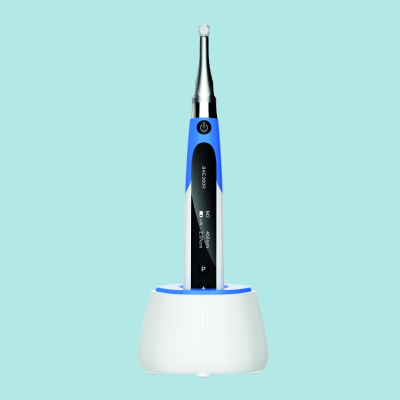
Determining Endo Working Length
Electronic apex locators are far more accurate than radiographs and are now an essential piece of endodontic equipment.

Hearing Loss in Dentistry
Most dentists would agree that their profession is a noisy one, but how many understand just how noisy it is or the health risks involved?

Guide to Endodontic Files
Find the perfect endodontic file for your needs with our comprehensive buying guide. From materials to sizes, we'll cover everything you need to know. Shop now.
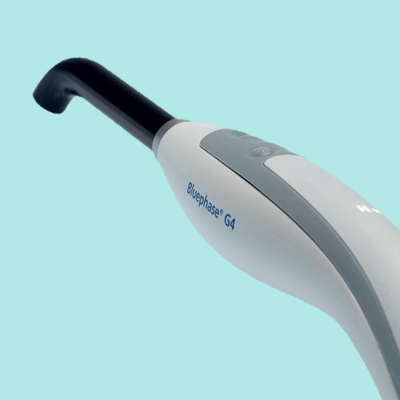
Testing Your Curing Light
See how radiometers and new age curing devices can eliminate doubt and help guarantee fully cured fillings every time.
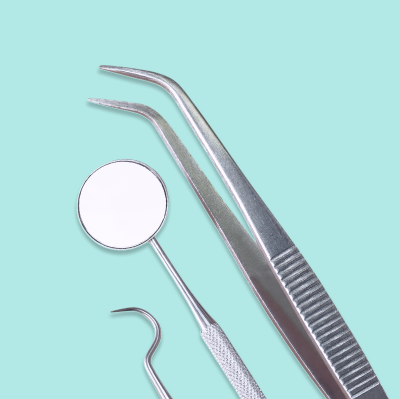
Guide to Dental Instruments
Find the right dental instruments for your practice with Kent Express' comprehensive buying guide. Get tips, recommendations, and top-quality products. Shop now.
